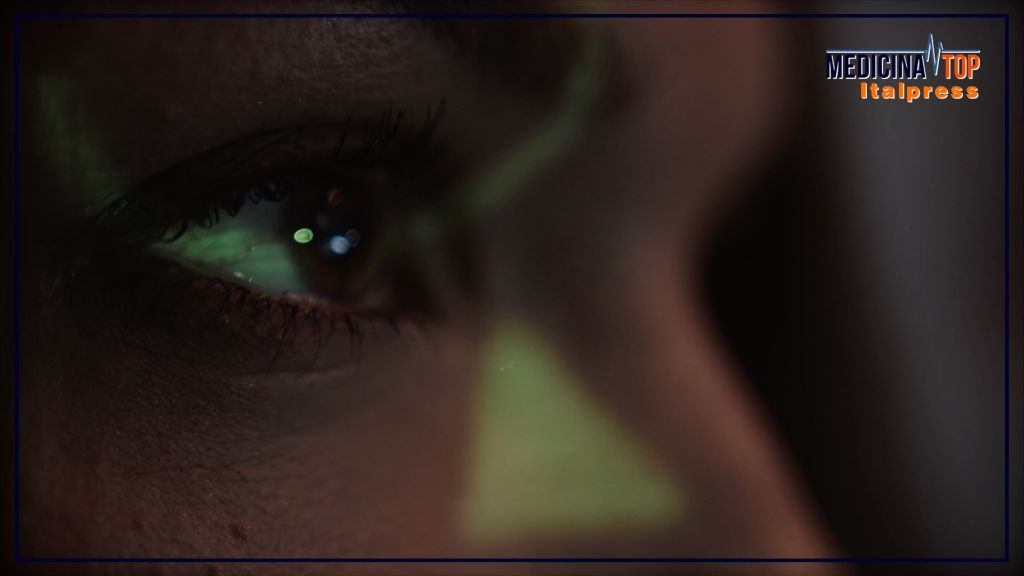MILAN (ITALPRESS) – The retina is a fundamental structure of the eye, located at the inner back of the eyeball. Its function is to convert light entering the pupil into electrical impulses. This process is made possible by photoreceptors, the cones and rods, which detect light in high and low light conditions, respectively. The electrical signals produced by the retina are sent via the optic nerve to the brain, where they are processed to form visual images. The retina can be affected by several diseases that impair vision and are often related to advanced age and the presence of other diseases such as diabetes and hypertension. Early diagnosis is crucial for the best treatment and especially to avert the most serious damage. These are some of the topics discussed by Francesco Bandello, director of the Ophthalmology Unit at IRCCS San Raffaele Hospital in Milan, full professor of ophthalmology and director of the School of Specialization in Ophthalmology at Vita-Salute San Raffaele University in Milan, interviewed by Marco Klinger, for Medicina Top, a TV format of the Italpress news agency. “Prevention and screening in ophthalmology have an important value,” he began, “The premise is that the most noble part of our visual apparatus is the retina, which is made up of perennial cells, which means that we carry them throughout our lives and over the course of our existence if they die no one can give them back to us. The consequence is that all retinal diseases must be treated before the damage has become advanced,” Bandello explained. “For this reason, screenings allow us to identify patients with risk, they are essential to direct them to the most appropriate therapies, avoiding the disease from presenting itself in the already advanced form. “With a system patented in the U.S. we can analyze the images of the patient’s eye and in two minutes we will know if he has to go to the ophthalmologist right away or if he can do it more calmly,” he recounted, “Pharmacies in my opinion would be the ideal station where to place this screening point. That’s where the diabetic necessarily passes through, when the pharmacist sees the diabetic patient come in, he could ask him to take this photograph and this would allow, with artificial intelligence, to have the result in real time.” And as for, precisely, retinopathy in diabetics, “There is proliferating diabetic retinopathy, which is the most advanced and if left untreated can lead to blindness, it should be treated with drugs and laser that aims to destroy the areas of the retina where the blood does not reach,” he stressed, “It is also shown that the diabetic patient with good metabolic control develops retina-related complications later. It is a different matter, however, for macular degeneration related to pathological aging: “Macular degeneration is exploding, this is because people are living much longer than in the past,” the professor commented, “The dry form is the most frequent, we find it in 80% of cases, the wet form in 20% of patients. The dry form has no cure at present, a drug has been registered in the U.S., Ema, however, has not, so it is not available in Europe. The dry form evolves in a very long time, so the patient is able to get used to the condition and can live with the damage relatively quietly,” Bandello pointed out. “The wet form, so called because there is so much liquid serum that is released, is a form that evolves in a much shorter time, but for this there are therapies to counteract its evolution effectively. However, the drugs last only a short time, so you have to repeat the therapy every 4-5 months.” Finally, on useful suggestions related to eye examinations and signs not to be overlooked: “One should go to the ophthalmologist, throughout life, before going to school to avoid lazy eye, then at the time of puberty, so one can go up to the age of 40 for the next vision, if there are no vision problems, from here on, checkups should be done more often. Signs that should alert us include a significant reduction in vision in a short time, deformed seeing: in these cases it is necessary to go to the ophthalmologist immediately,” he concluded. “Diabetics in any case should go to the ophthalmologist when they do not yet have symptoms.
– photo taken from Top Medicine video -(ITALPRESS).

